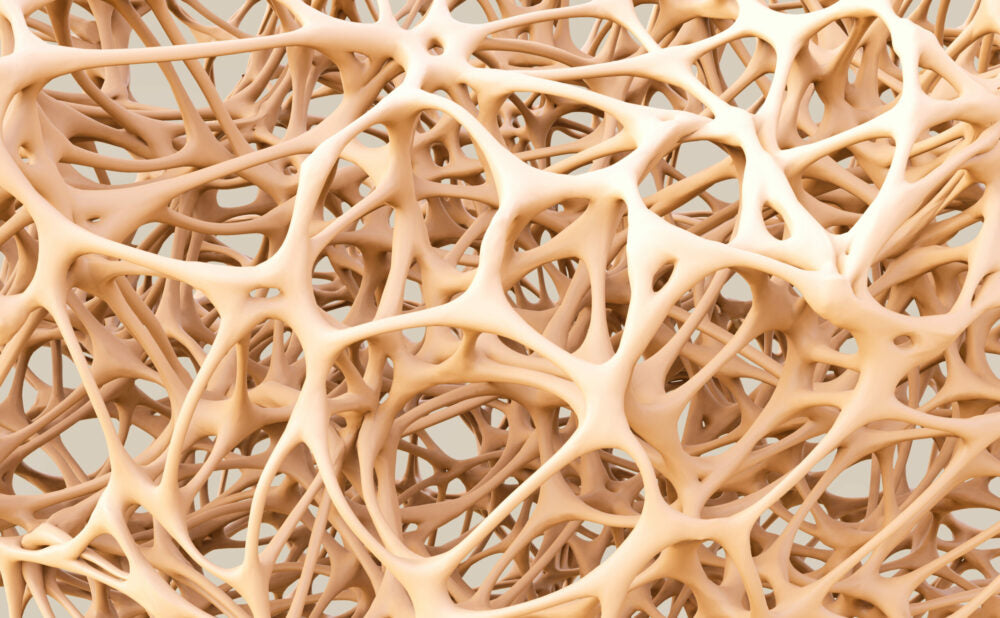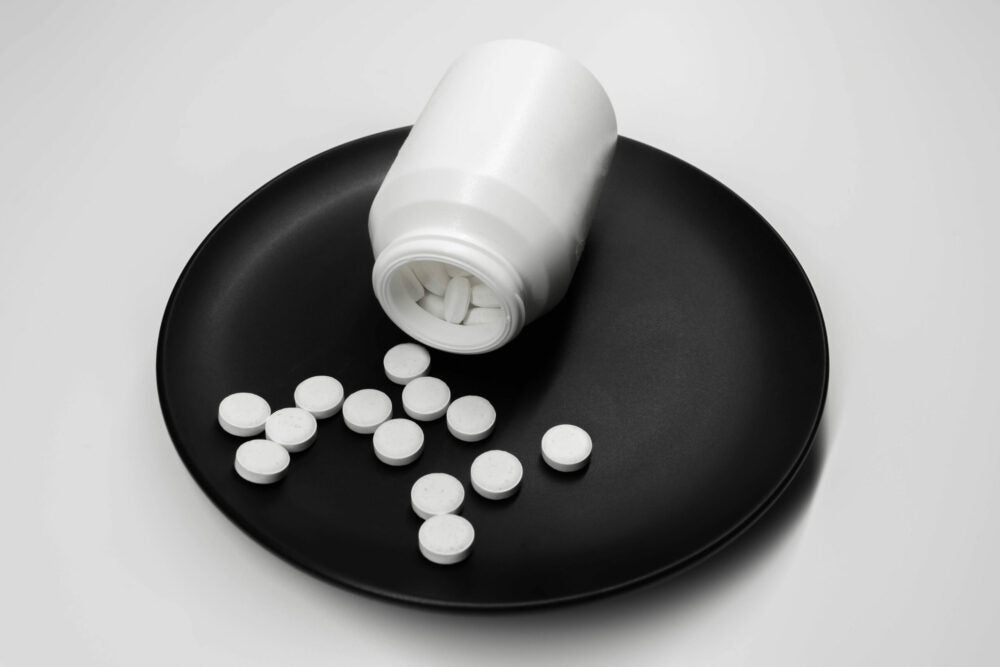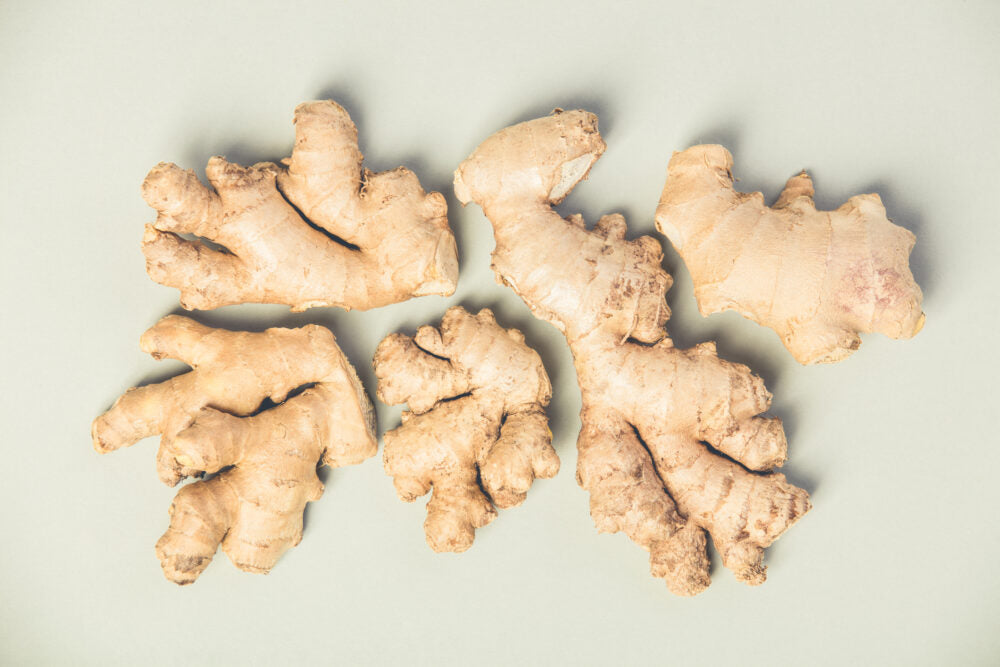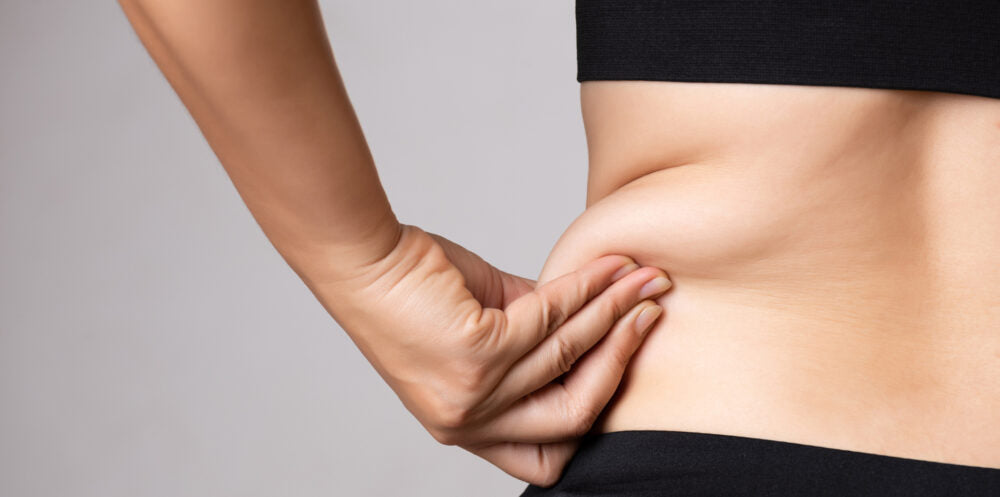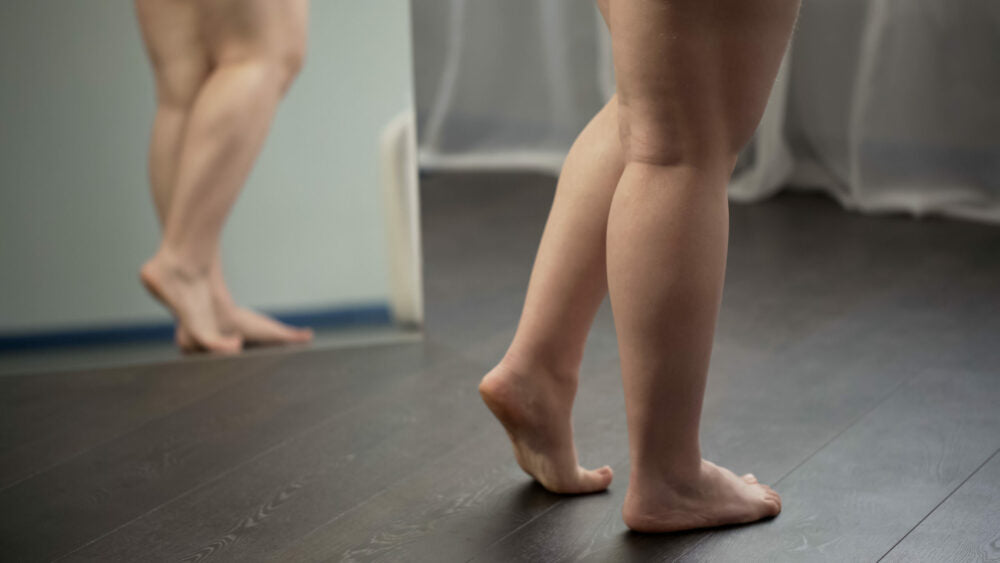Introduction
Some studies have demonstrated that diet-induced weight loss is accompanied by a significant decrease in bone mineral density (BMD). Regional bone changes were not measured. The purpose of the present investigation was to measure changes in total and regional body composition in obese patients undergoing rapid weight loss on a low-calorie regimen.
Methods
Dual-energy x-ray absorptiometry was performed in 51 obese patients before and after 15 weeks on a low-calorie diet (Nupo, yielding 1.9 MJ for women and 2.4 MJ for men for 2 weeks. Thereafter a qualitatively free supplement of food and drink was allowed up to 4.2 MJ for women and 4.7 MJ for men). Of these patients, 39 were scanned 6 months later. Total and regional body bone mineral, fat mass, and fat-free mass were measured. In the control group, 9 normal volunteers were scanned with up to 23 kg lard distributed anteriorly, and 9 volunteers were scanned with 15 kg lard posteriorly. The lard was then gradually removed to simulate the fat loss found in the patient group.
Results
In the patient group, the mean weight loss was 12,273 g, the mean fat loss was 11,014 g, and the mean bone mineral loss was 171.6 g after 15 weeks. A close correlation between the fat loss and bone loss was found and calculated to be 16.5 g bone mineral per kg fat in the patient group, in contrast with 0.5 g bone mineral per kg fat in the control group. In the control group, 15 kg lard placed posteriorly had no statistically significant effect on the bone measurements. If weight and fat were regained at the scanning time 6 months later, the bone mineral was regained as well. Patients with further weight loss continued to lose bone mineral. One patient lost 754 g bone mineral in 9 months. Her weight loss was 45 kg in that period, and the bone mineral content remained within the range for normal women at her age. Methodologic and pathogenetic problems are discussed.
Conclusion
It is concluded that the observed bone loss should be regarded as physiologic normalization within acceptable limits accompanying a diet-induced weight loss in the obese.
For the full study, click here.